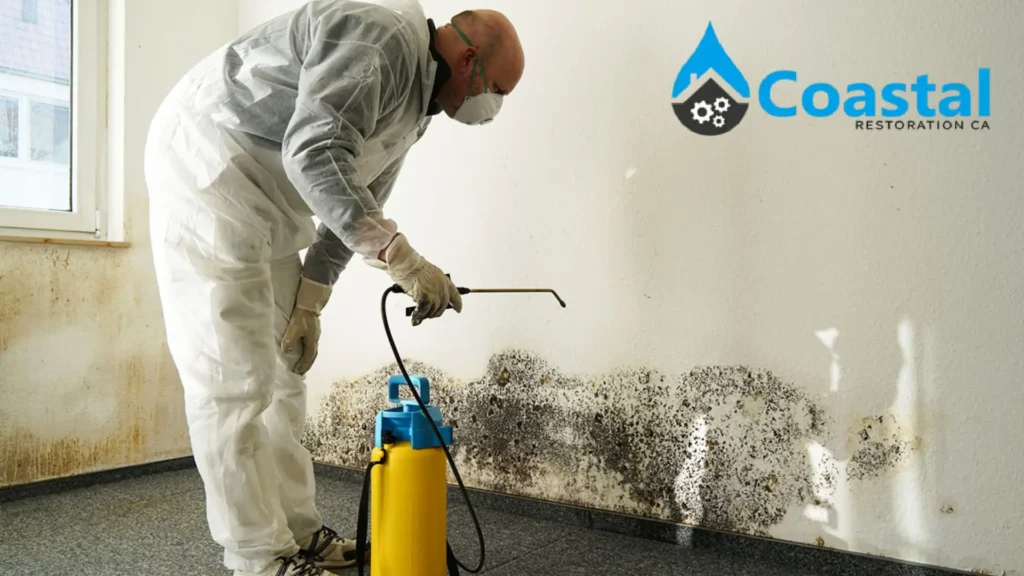Mold is not just a cosmetic issue; it’s a health hazard and can cause significant damage to your property if left untreated. Mold thrives in damp, dark environments and can quickly spread, posing risks to both the structural integrity of buildings and the health of occupants. Therefore, understanding effective mold remediation techniques is crucial for maintaining a safe and healthy environment.
The Basics of Mold Remediation
Mold remediation involves the identification, containment, and removal of mold-infested materials to prevent further spread and recurrence. Effective remediation requires a combination of scientific knowledge, specialized equipment, and precise techniques.
Identification and Assessment
Before remediation can begin, it’s essential to conduct a thorough inspection to identify the extent of the mold problem. This involves visually inspecting the affected areas and conducting tests to determine the type and concentration of mold present. Professional mold inspectors use advanced tools such as moisture meters and thermal imaging cameras to detect hidden mold and assess the moisture levels in the environment.
Containment and Isolation
Containment is crucial to prevent mold spores from spreading to unaffected areas during the remediation process. Technicians use physical barriers such as plastic sheeting and negative air pressure systems to isolate the contaminated area. This helps minimize the risk of cross-contamination and ensures the safety of both occupants and workers.
Mold Removal Techniques
Several techniques are used for mold removal, depending on the type of mold, the extent of the infestation, and the surface materials involved. Here are some common methods:
1. Physical Removal
Physical removal involves the manual scrubbing, scraping, or vacuuming of mold-infested materials. This technique is effective for non-porous surfaces such as glass, metal, and plastic. HEPA (High-Efficiency Particulate Air) vacuum cleaners are used to capture mold spores and prevent them from becoming airborne.
2. Chemical Remediation
Chemical remediation involves the use of antimicrobial agents to kill and inhibit the growth of mold. These agents are applied to affected surfaces after cleaning to ensure that any remaining mold spores are eradicated. It’s essential to use EPA-approved products and follow safety guidelines when using chemical agents.
3. Dry Ice Blasting
Dry ice blasting is a non-abrasive cleaning method that uses compressed air and dry ice pellets to remove mold from surfaces. The pellets sublimate upon impact, creating a thermal shock effect that loosens and removes mold without damaging the underlying material. This technique is particularly useful for delicate surfaces such as wood and upholstery.
Prevention and Maintenance
Once mold remediation is complete, it’s essential to address the underlying cause of the mold growth to prevent recurrence. This may involve repairing leaks, improving ventilation, and controlling humidity levels. Regular inspections and maintenance are also crucial for detecting and addressing mold problems early on.
In conclusion, mold remediation is a complex process that requires expertise, precision, and attention to detail. By understanding the science behind mold growth and employing effective remediation techniques, you can ensure a safe and healthy environment for yourself and your loved ones.
Learn more about Mold remediation:

